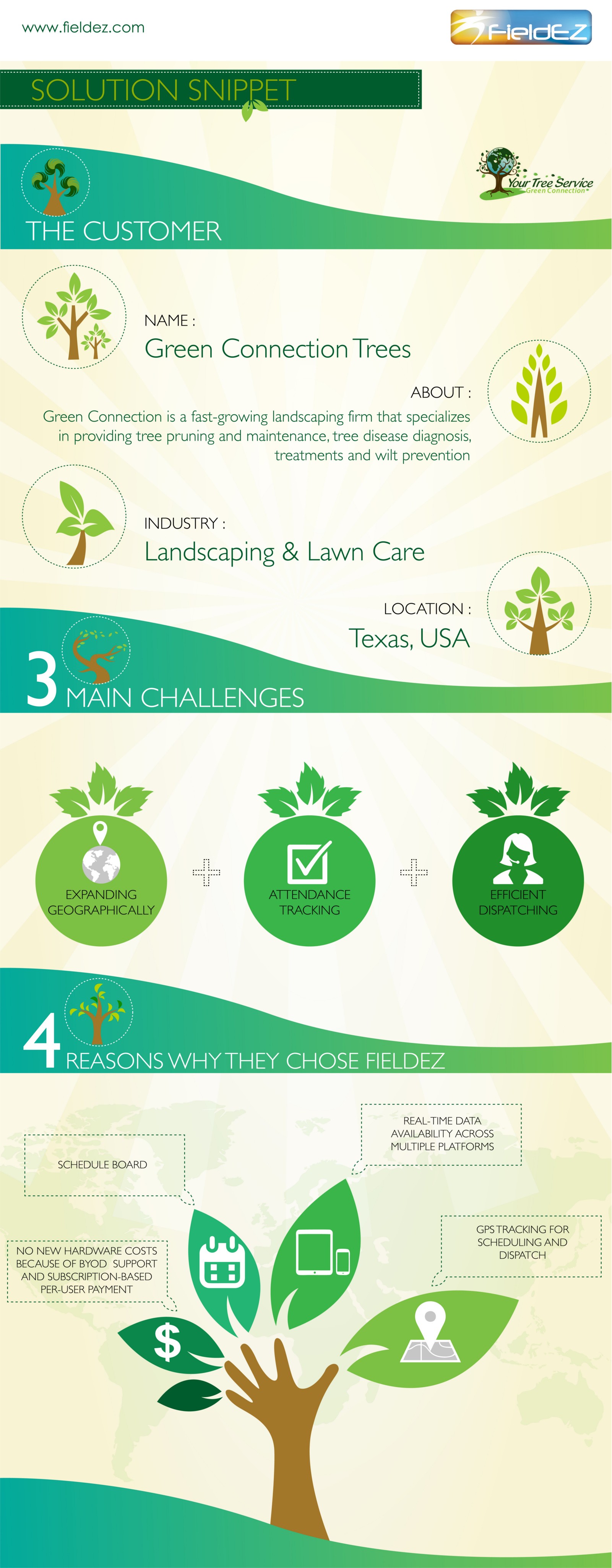Signs It's Time To Get Rid Of A Tree - A Home Owner'S Overview
Signs It's Time To Get Rid Of A Tree - A Home Owner'S Overview
Blog Article
Written By-Wright Lu
Trees include elegance and value to home, however they can likewise pose a risk throughout severe weather condition occasions. If a tree has stopped expanding, is showing visible fungal growth, or has a leaning trunk, it needs to be eliminated by a specialist to stay clear of home damages and injury.
To read more, attend a home owner source reasonable co-hosted by HPD, the Center for New York City Neighborhoods, and Brooklyn-based housing partners this night in Bedford-Stuyvesant. The event will certainly feature the Home owner Manual, a brand-new overview to assist home owners navigate the duties of having a home.
1. Dead or Dying Branches
Trees are an integral part of your home's landscape, supplying shade and elegance. They also offer sanctuary for wild animals and produce oxygen, yet even healthy trees can experience health issue that might demand their removal. Dead or dying trees aren't simply unsightly, they can be unsafe. monster tree service can drop throughout a storm, leading to expensive building damage and injuries.
When a tree's branches begin to pass away, it suggests that its framework is beginning to break down. If most of its branches are dead, it is likely time to remove it.
Search for a lack of new growth, bark peeling, open injuries or dental caries, fungi growing on the trunk or origins and a general appearance of decay in the entire cover. These indications of infection can suggest a significant issue that will certainly need professional tree solutions to solve.
2. Leaning Trunk
While it's typical for trees to lean periodically due to phototropism, if a tree has a hazardous or serious lean that's not because of natural processes - it could be an indicator that the tree needs to be removed. If the tree is favoring a power line, home, vehicle, play structure or any other area that could be hazardous to people if it falls, then calling an expert tree solution for elimination need to be a leading priority.
It's also crucial to watch for any kind of sudden changes in a tree's leaning as it can suggest damages to the roots or trunk that may bring about falling. This is particularly real during thundercloud, because high winds and rain-soaked soil can create a lean to alter rapidly. Regular monitoring, especially throughout and after tornados can help property owners recognize potential issues with their trees so they can call an arborist for a complete analysis.
3. https://ways-to-remove-a-stump28405.blog-ezine.com/29438008/safeguarding-your-landscape-replanting-after-tree-elimination , such as wood-boring bugs like emerald ash borer or sap-suckers like scale insects, are so extreme that they can trigger a tree to die. The best method to avoid pest invasion is to monitor your trees often. Look for areas, holes, or discolorations in the fallen leaves and bark. Examine the trunk for cracks and indicators of insect damage, such as passages or tracks.
If a tree comes to be also plagued with parasites, or is close to a home or high-voltage line, an arborist may recommend removal. If a leaning tree develops a brand-new, unpredictable lean, an arborist will likely advise removal too to guarantee the safety of people and residential or commercial property. If a weakened or dead tree continuously sheds extreme branches, it is a sign that it is time to get rid of the tree. If a tree continues to shed branches for an extensive period of time, it could result in structural issues and possible building damages.
4. Harmed Trunk
Trees are a gorgeous and important part of our landscape, but they do call for regular like maintain them healthy and balanced and risk-free. If a tree is harmed beyond repair it is likely time for it to come down.
Try to find find out here now of damage to the trunk, including upright cracks, seams, dead branch stubs, visible wounds or open dental caries and extreme tree-rot. The existence of fungi at the base of the trunk is an additional advising indicator. Fungis may suggest that the phloem and xylem (life-support cells) are endangered, enabling the spread of condition or a future failing.
Additionally, consider whether the tree has actually stopped growing. Healthy and balanced trees will have brand-new growth annually, which might show up as buds or branches sprouting and prolonging. If you don't see any new development, it's an excellent idea to have an arborist evaluate the tree and follow their referral for removal. A passing away or damaged tree can fall and create residential or commercial property damages.